#hymeoptera
Explore tagged Tumblr posts
Text
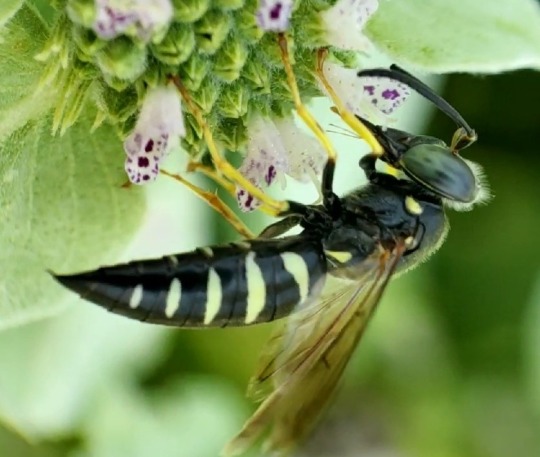
Four-banded stink bug wasp (Bicyrtes quadrifasciatus), a type of sand wasp, in central Pennsylvania. Sand wasps are called that because they like to lay their eggs in burrows they dig in sand. The female of this species hunts for hemiptera (true bug) nymphs, mainly stink bugs, which she stings and paralyzes. She carries the still living nymphs back to the nest where she lays her eggs. After it is well-stocked with victims, she seals it off. Her larvae will eat the paralyzed nymphs when they hatch. The adults eat nectar and are pollinators. They can also help with invasive species control, assuming it's a species their larvae would find appetizing.
Here’s another one I found nearby digging a nest:
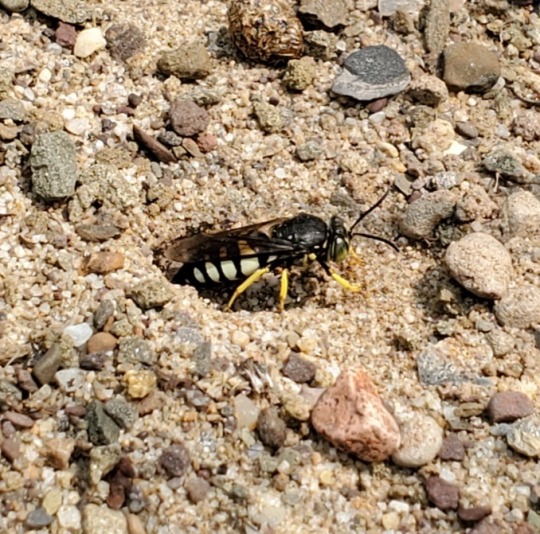
#wasp#wasps are cool#stink bug wasp#Bicyrtes quadrifasciatus#sand wasp#Penn State arboretum#four-banded stink bug wasp#buzz buzz#hymeoptera#Pennsylvania#nature#bugs#nature photography#biodiversity#animals#inaturalist#arthropods#bugblr#insect appreciation#entomology#wasp appreciation#no wasp hate here please#pollinators#support native pollinators#invertebrates#insects#interesting facts#science#fun facts#biology
21 notes
·
View notes
Text


round 2 let's try again
finally my paup* search is complete :) it's been a while since i used this program, i remember there is a bug where if i hover over a certain dropdown menu the whole program will crash so let's be careful! [immediately hovers over the exact thing that causes shutdown]
#do NOT look at that tree btw. that was a failed attempt#lepidoptera and hymeoptera as sister groups is crazy
4 notes
·
View notes
Note
Best insect order, go
oh no how could you do this to me!
aaaaa I mean I primarily work on beetles for my research, so the natural choice would be Coleoptera for their incredible morphological and ecological diversity

(above: ant nest parasite beetles)but we both know how insanely good neuropteran larvae are as well….
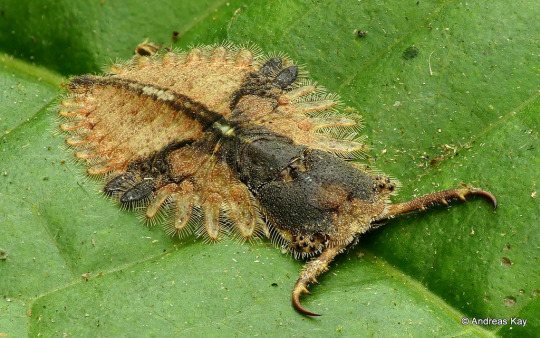
But there are so many good beasts in Hymeoptera, like dear sweet Megachile bees
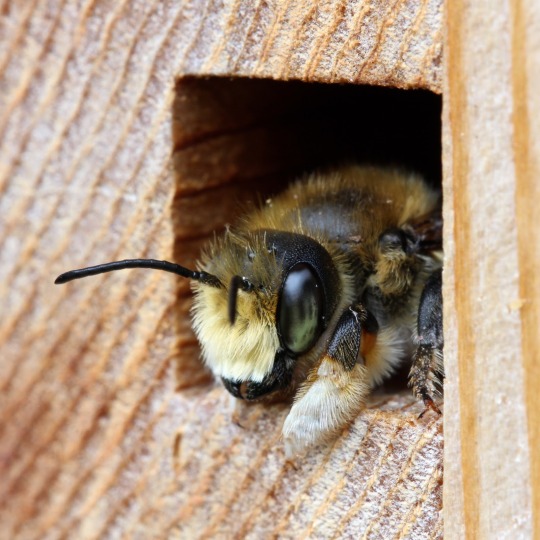
or the ever-delightful Cephalotes ants
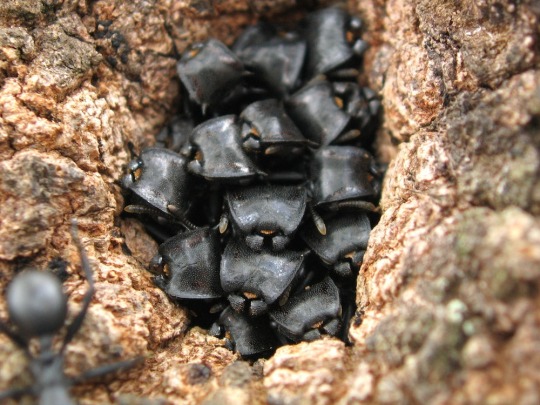
augh but i also feel the need to champion Diptera because of the general view of flies as boring nuisances

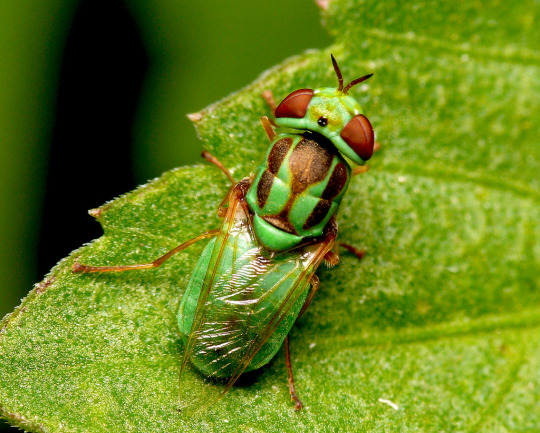
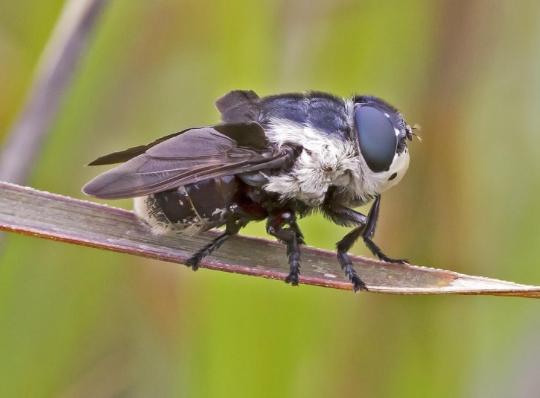
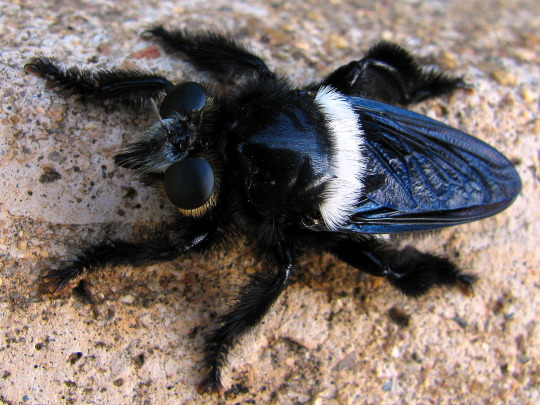
and you know, hemipterans are cool too
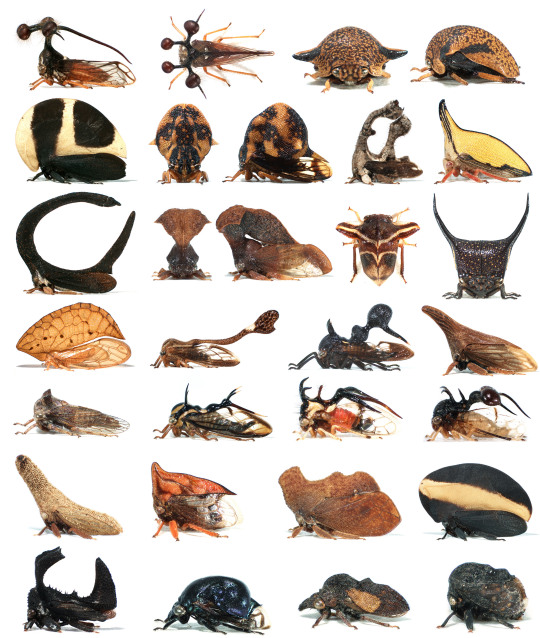
but yeah, gun to my head, i gotta go with Coleoptera. can’t beat the beetles
#sorry for the giant long post#it was like 3x as long but i pared it down#too many good beasts on this planet
1K notes
·
View notes
Photo

Bee Showdown - Florida Keys
A Green Orchid Bee (Euglossa dilemma), native to Mexico and Central and tropical South America, was enjoying a bit of nectar from a flower on an orchid tree when a Carpenter Bee (not sure the species) walked over, gave him a stare, and proceeded to push him to the back of the line.
Green orchid bees have an interesting story, they are rather solitary creatures, and females collect pollen and nectar to feed their young. Male don't have pollen sacs, but they collect "perfume" from different plants, using it to attract the females...
For more info, visit the University of Florida - IFAS: http://entnemdept.ufl.edu/creatures/MISC/BEES/green_orchid_bee.htm We’re not sure if they have introduced themselves to Southern FL or if they were introduced. We’re also not sure how widely they have spread across Southern FL. Photo credit: Kristie Killam/USFWS
(via: Florida Keys National Wildlife Refuges Complex)
77 notes
·
View notes